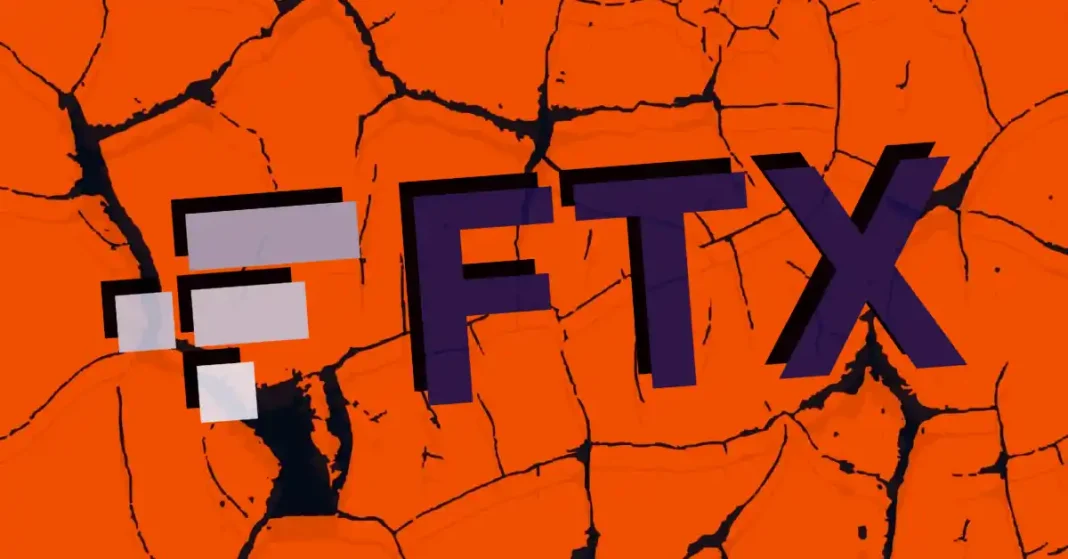A Californian FTX investor, Nikolas Gierczyk, has filed a lawsuit against the well-known hedge fund Olympus Peak. This high-stakes battle has captured headlines and sparked intense debate because Gierczyk claims he was underpaid for his $1.59 million FTX bankruptcy claim.
But what exactly led to this explosive confrontation? Let’s explore the details.
The Deal in Question: A Year Later, Was the Discount Worth It?
The agreement between Olympus Peak and Gierczyk was made last year, allowing the hedge fund to purchase his FTX bankruptcy claim at a steep 42% discount. At that time, this may have seemed like a reasonable deal. However, recent developments in the FTX bankruptcy plan have raised questions: Was the investor truly underpaid?
What’s the FTX Bankruptcy Reorganisation Plan?
FTX, the collapsed cryptocurrency exchange, recently had its bankruptcy plan approved by U.S. Bankruptcy Judge John Dorsey. This plan aims to repay nearly 98% of customers who held $50,000 or less, with payouts ranging from 129% to 146%. While the effective date for the plan is still pending, customers can expect payments within 60 days after it is set.
Importantly, the payout percentages are significantly higher than what was initially expected, which explains why Gierczyk is unhappy with the discount he accepted from Olympus Peak.
A Claim Worth Millions
Gierczyk is now asking Olympus Peak to pay him more, given the larger return the hedge fund is expected to make from his FTX claim. The hedge fund could potentially profit up to $1 million from this deal, which fuels Gierczyk’s claims of being underpaid.
If Gierczyk’s lawsuit encourages others who made similar agreements with Olympus Peak to come forward, it could lead to more legal challenges for both FTX and the hedge fund. Olympus Peak may find itself facing increased scrutiny over its bankruptcy claim deals.
What’s your take on this lawsuit? Is it a smart move for Gierczyk or a gamble?

